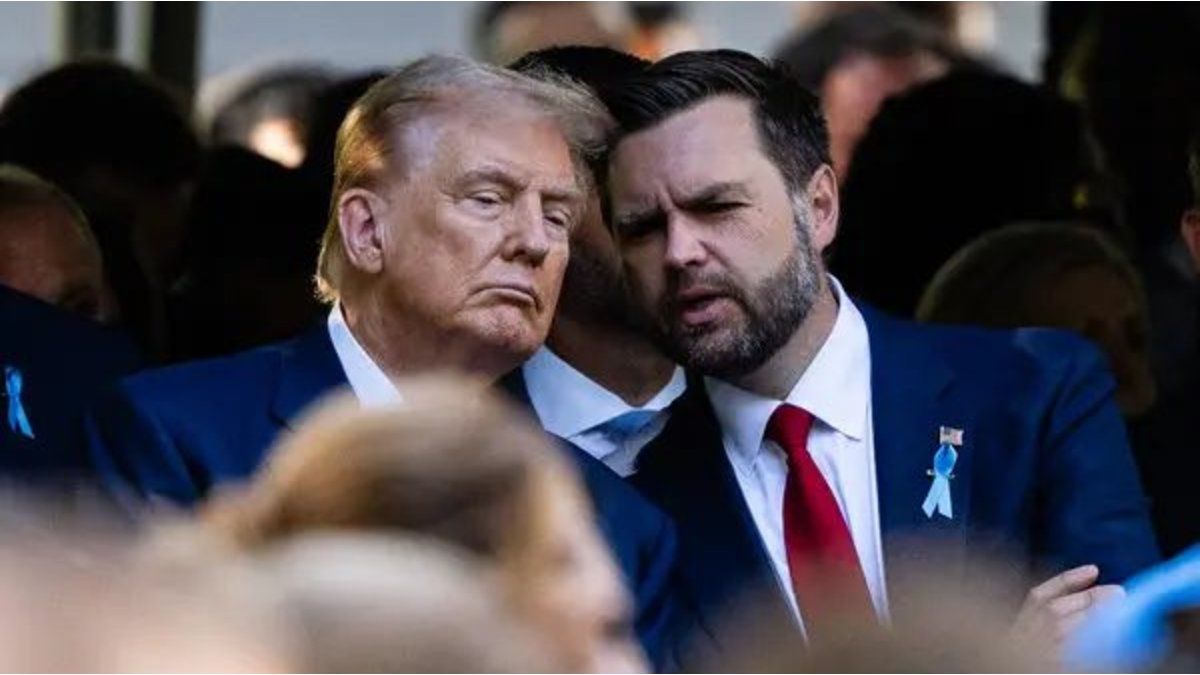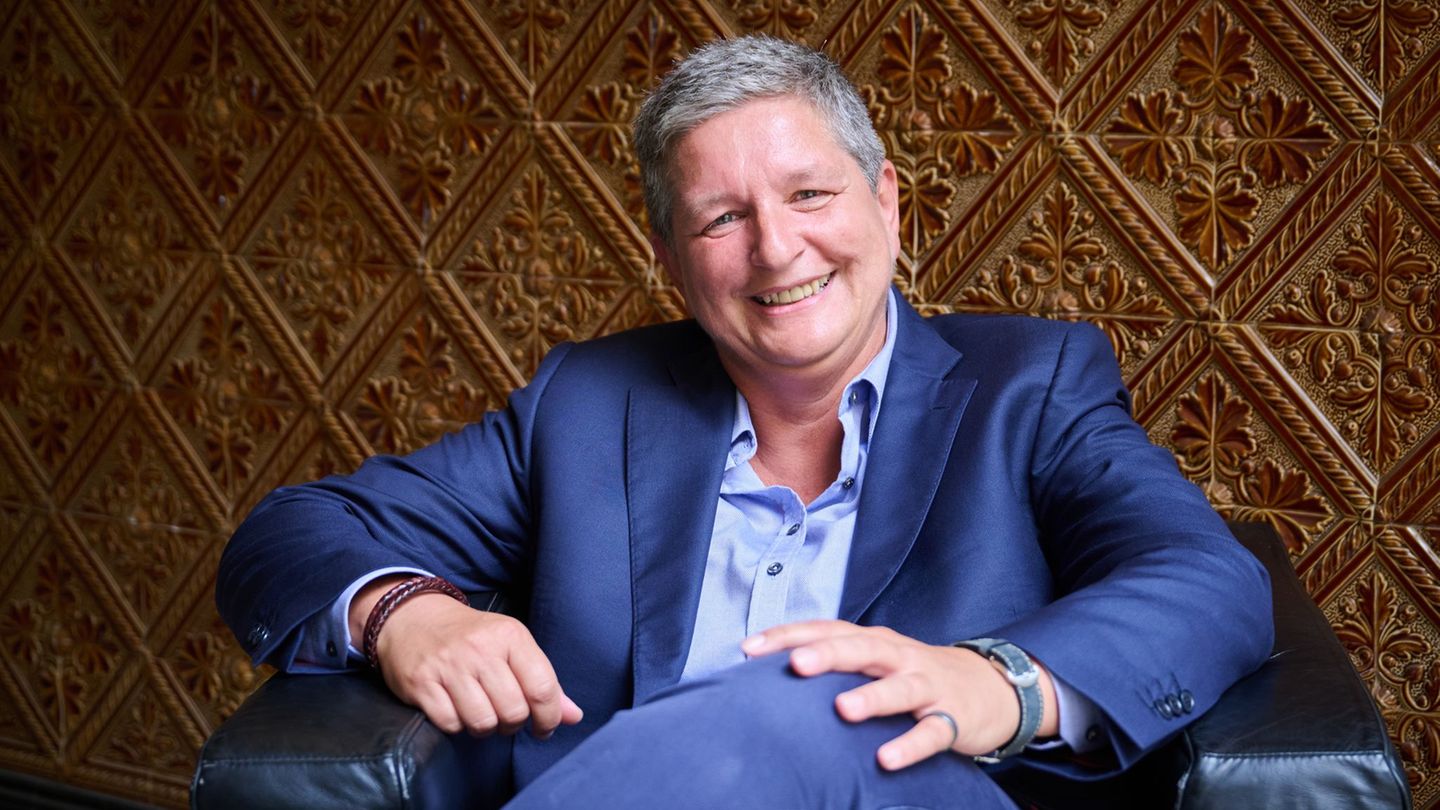Tens of thousands of parked -American troops In South Korea and Japan They seem to be destined to be part of the Tariff negotiations of President Donald Trumpdespite the efforts of both countries to separate the security conversations from commercials.
In publications on the Truth Social platform, Trump said that the distribution of defense costs will be part of a “all in one” negotiation with Seoul, and raised the issue of defensive charge during a visit from Japanese officials to Washington this week.
Japan houses about 50,000 American troops and South Korea to 28,500. Both nations depend on the American nuclear umbrella for their protection against China, Russia and North Korea, and are considered key to the US army capacity. Uu. Projecting power and influence in the region.
Trump had already suggested in the past that he could withdraw the US forces if countries did not pay enough, and during his first mandate he demanded billions of dollars.
Little War Scale
On Wednesday, the first Vice Minister of Foreign Affairs of South Korea, Kim Hong-Kyun, said before the Parliament that, although Washington has not formally proposed renegotiate the Agreement of Special Measures (SMA), under which South Korea finances the presence of US troops in its territory, Seoul is preparing for different scenarios.
The Minister of Finance, Choi Sang-Moksaid this week that the cost distribution is not under review.
Japan considers that defense spending is a separate issue of tariffs, said a Japanese government official to Reuters. “These are originally separate issues,” he said, suggesting that defense costs should not be part of commercial negotiations.
The Pentagon and the State Department sent consultations to the White House, which did not respond. To reopen the negotiations on defense is a “Deliberate Pressure Tactics” of Trump, said Danny Russel, of Asia Society Policy Institute.
“Trump has made it clear that he sees alliances as transactional relations and is determined to obtain an economic revenue proportional to the value of the US defensive umbrella.”
220513-UKRAINIAN-SERVICEN-US-MADE-MISSILES-DELIVERY-AC-620P-5E4796.JPG
Ukrainian soldiers check the delivery of FGM-148 Javelin, laptops anti-tank provided by the United States.
Photo: AFP
Shortly before the US elections of last year, South Korea and the outgoing administration of then President Joe Biden hastened to sign a new five -year SMA agreement, according to which Seoul would increase their contribution to the maintenance of US troops in the country 8.3 %, up to 1,470 million dollars in the first year, with subsequent increases linked to consumer price index.
However, that play seems to have failed, according to a South Korean security official who spoke on condition of anonymity, since he was not authorized to address the issue.
Washington key allies
The official said that it was the Biden team who promoted early negotiation, which unleashed a debate within the South Korean government, which finally decided that refusing could deteriorate its relationship with Washington.
“Now, if we have to negotiate, we do it from a higher amount than if we had waited,” said the official, although he added that the current South Korean leadership is right when stating that the cost distribution is not under review.
South Korea has an interim government after the dismissal of President Yoon Suk Yeol this month, after a brief attempt to impose martial law in December. A new presidential election will be held on June 3.
Source: Ambito




